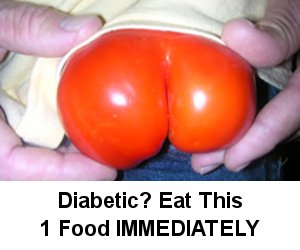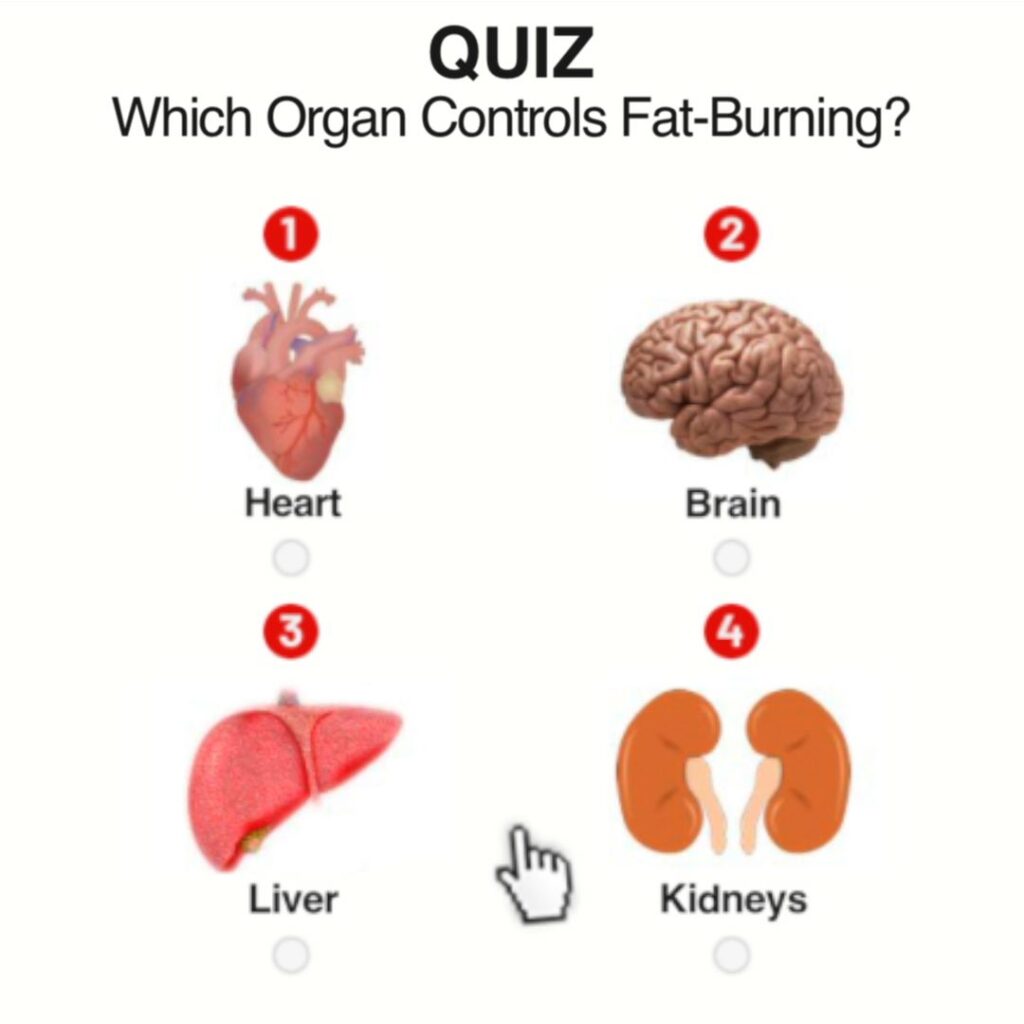Type 2 diabetes can be cured! There! I’ve said it. Why, in our modern society where this disease is the seventh leading cause of death, does such a statement get suppressed from the general public?
Both major health entities, medical professionals and Big Pharma, fail to get the word out that with nutritional guidance combined with patient motivation, Type 2 diabetes can be reversed. But the word is beginning to get out. Some of the prominent physicians who are in the forefront of speaking out about reversing diabetes include Dr. Joel Fuhrman, Dr. Mark Hyman, and Dr. John McDougall — all not afraid to say the word cure. It can be done, and they have done it.
Diabetes is not a bug we catch. Most of us know it’s the foods we eat that create the dysfunction within, but it’s the elephant in the room; some don’t know what an elephant is, but most just do not want to look at it.
Let me offer two main conceivable reasons why the public isn’t being told:
1. Curing it involves natural nutrition (without the help of drugs), something the medical community knows about and does little with. The typical scenario is doctor discovering that the patient does indeed have type 2 diabetes, instructing the patient to lower sugar consumption, yet will need to take diabetic medications the rest of his or her life.
2. The strong-arm pharmaceutical companies want their diabetes drugs to continue bringing in billions.
Advertisement spending by the pharmaceutical industry was $2.4 billion in 2011, as reported by Nielsen TV. The diabetes drug Lantus had total sales of $7.8 billion in 2013. The forecast for the worldwide diabetes drug market is $47.2 billion by 2017.
This falsehood of only being able to “maintain” the disease for the life of the patient is also unfortunately perpetuated by every major diabetes organization. Upon visiting their websites — the American Diabetes Association, The Diabetes Research Institute Foundation, Diabetic Living Magazine — the common theme throughout is that there is no cure for diabetes.
The American Diabetes Association’s website (diabetes.org) proclaims, “diabetes is a chronic disease that has no cure,” and “eating well-balanced meals is an essential part of taking better care of yourself and managing diabetes.” Instead of advising that diabetics stop eating refined grains and sugars, the suggestion on their site is: “Save money by buying less soda, sweets and chips or other snack foods.” The Diabetes Research Institute Foundation claims they are “the best hope for cure.” They offer many suggestions on managing diabetes, but not how to overcome it. “There is a lot you can do to stay well and remain healthy with diabetes.”
The Diabetic Living website gives recipes that include refined sugar and refined flour, as well as artificial whipped toppings and the like.
Even Webmd.com tells us, after all the research and advances in diabetic treatments, “there is no cure for Type 1 nor Type 2 diabetes.”
Being privy to successful turnarounds myself with my diabetic clients, I can say it definitely is possible. Being honest, even though it can be done by changes in diet and lifestyle, it is a struggle for many to get there, as well as a struggle to stay there; half of them will most likely revert because resistance to the outside influences and offerings of the restaurants, food manufacturing companies and supermarkets is difficult. It requires diligence and dedication to stay on the wagon for those who have been diabetic for so long, and therefore can fall off the wagon at any time. It’s no different for those on the brink of diabetes currently who are continuing to eat refined foods, and soon will join the club. But when patients learn the whys of diabetes, and the horrible consequences of the disease, by rights the incentive should be there.
The culprits behind the onset of diabetes are most definitely refined, processed foods. These include refined sugars, refined flours and refined oils. It’s the bakery goods, the hamburger and hot dog buns, and the foods deep-fried in trans fats and additives of highly processed oils. These surround us at all times in restaurants and supermarkets, and because of convenience, we fall for it. What also contributes is a lack of fresh fruit and vegetable fiber that so many avoid in their meals. As with smoking, to quit is to quit. To cure diabetes, quitting all refined foods is a must.
In various reports, there is a definite correlation between the introduction and proliferation of high fructose corn syrup, the rise in polyunsaturated fats, and the decline of animal fats, and the rise in diabetes. In 2012, over one-third of our children were overweight or obese; 80-90 percent of Type 2 diabetics are overweight or obese, which explains the recent popularity of the term diabesity.
It’s these influences all around us that make it so difficult to maintain a healthy body. This is why it comes back to us individually to be mindful of what we put into our bodies. The task of preparing more and more of our own foods is more important than ever.
The medical community should be in the forefront of directing patients toward better, natural foods, and, if need be, advising that any diabetic contact a certified nutritionist to help guide them away from diabetes. Any doctor who is still writing the prescriptions for diabetes drugs for their patients at the onset of discovering elevated blood sugar, and not offering advice on food and nutrition, needs to refresh his or her memory of a quote from Hippocrates, considered to be the father of western medicine: “Let food be thy medicine and medicine be thy food.”
Original post found at: http://www.huffingtonpost.com/linda-larrowe-bergersen/diabetes-let-food-be-thy-_b_5585712.htmlP.S. Pharmaceuticals companies have so brain washed the general public with their advertisements that patients will visit their doctors and demand that they be prescribed the latest drugs being touted on TV. Don’t become a victim of big Pharma . . . instead take charge of your health.
P.P.S. Visit Exercises for Diabetics Today for easy workouts you can start now . . . and be ten pounds lighter in five weeks.






